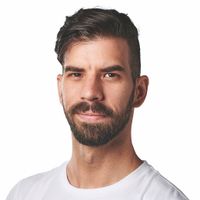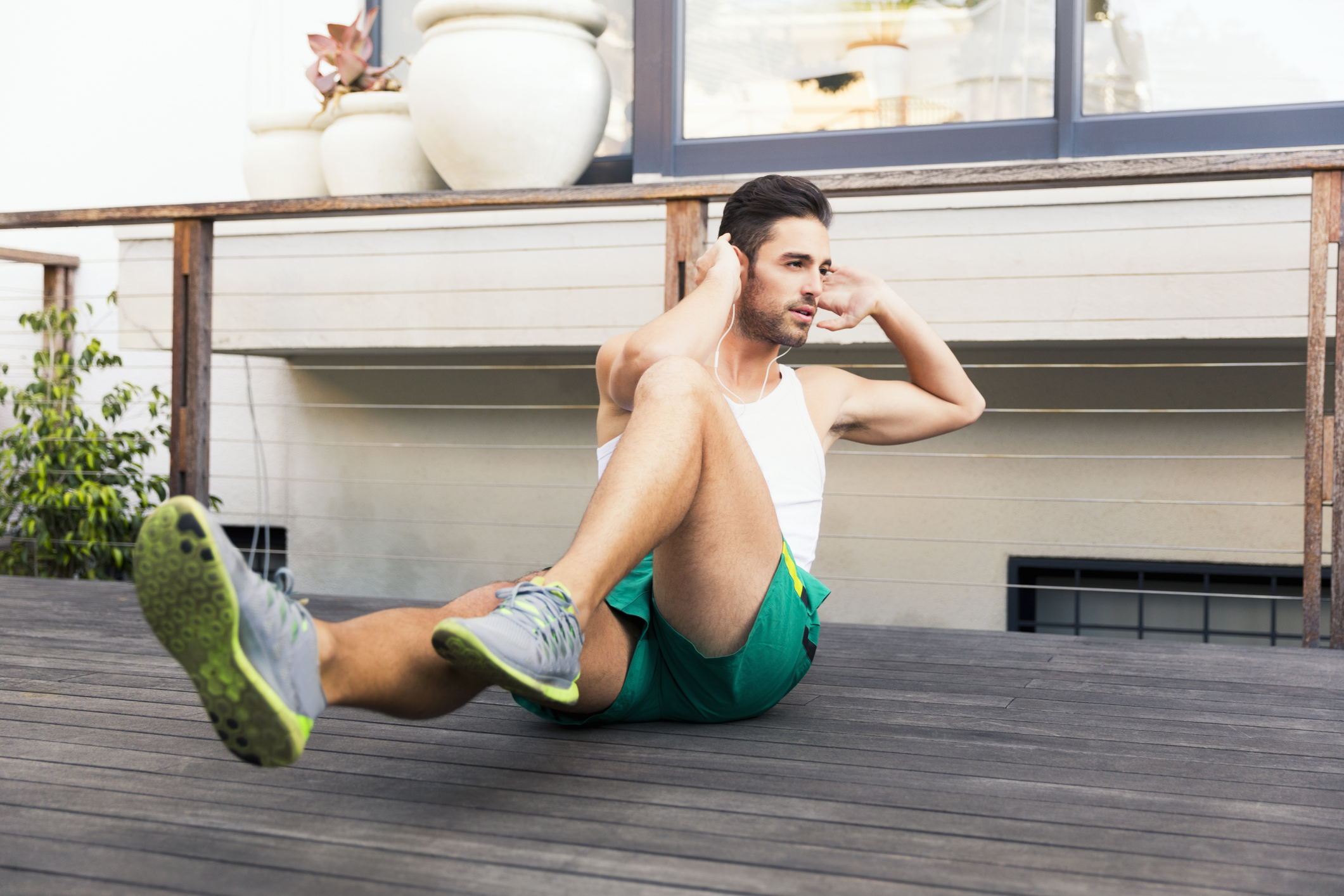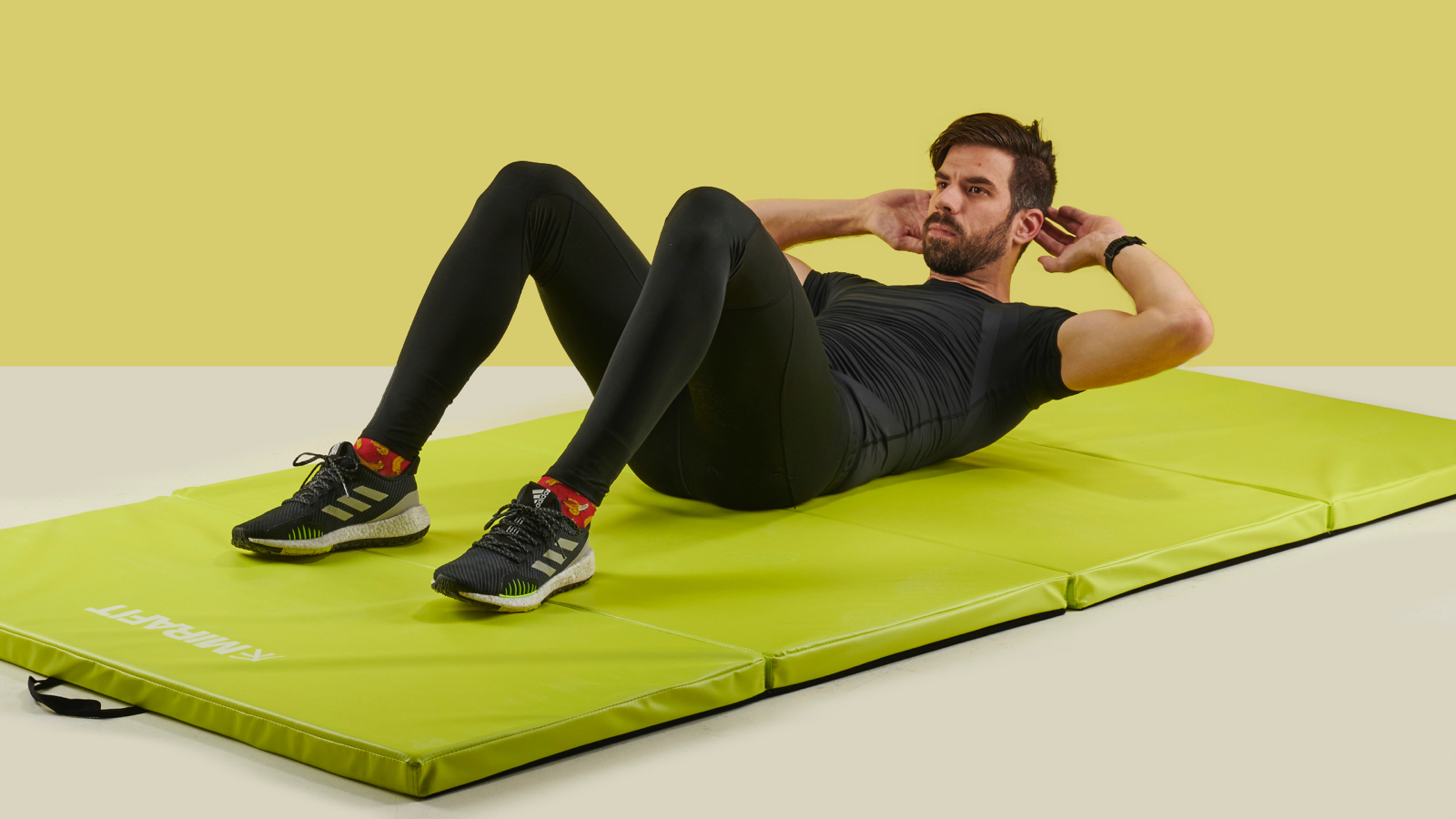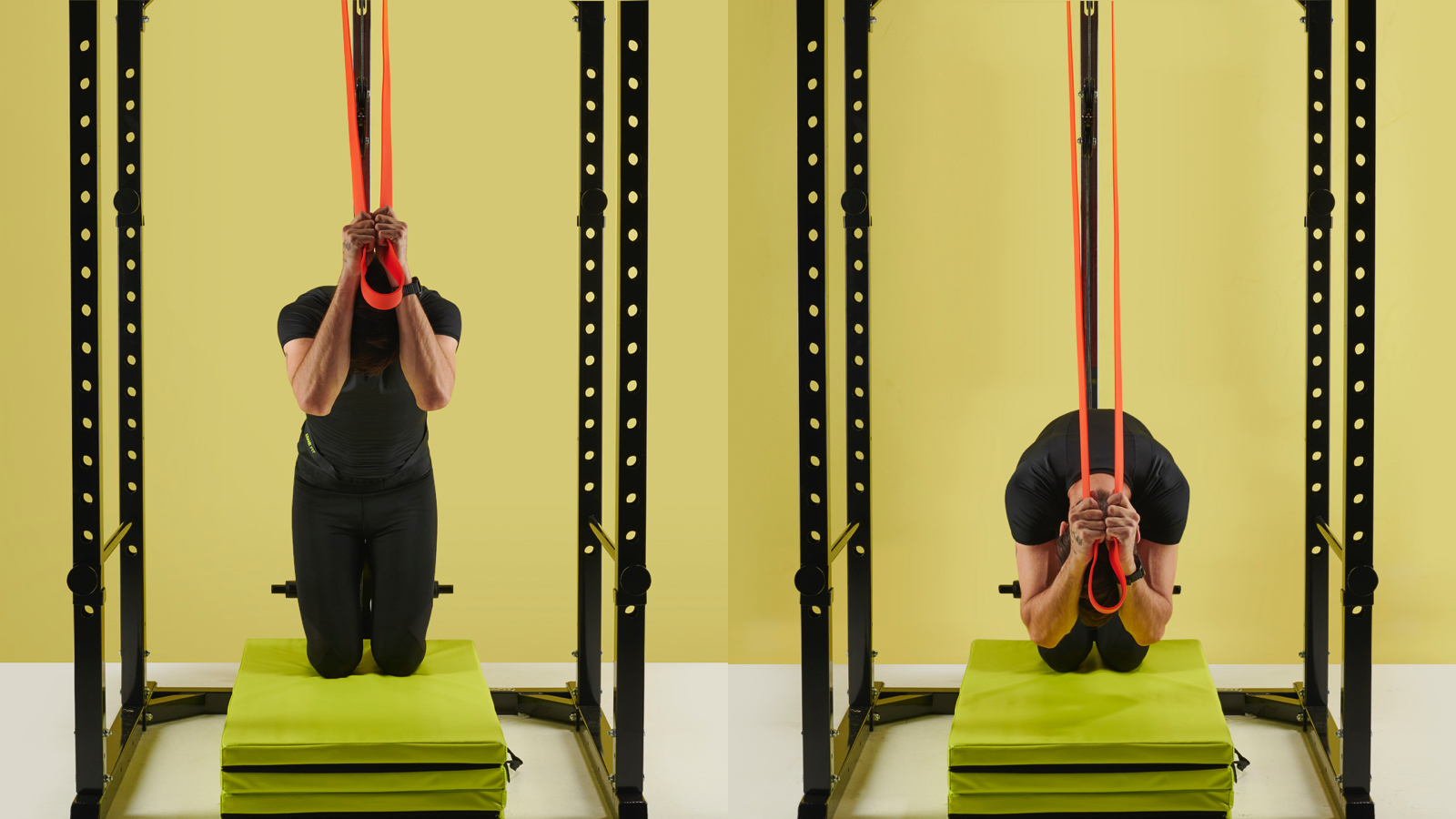The four best abs exercises for beginners: start on the road to six-pack success
Best abs exercises for beginners will lay the foundation for a washboard stomach


I’ve curated the best beginner-friendly ab exercises for those who aspire to achieve a toned, muscular midsection. This guide eases you into core workouts without demanding advanced moves like kettlebell Russian twists, weighted sit-ups, or hanging leg raises on complex gym equipment.
The fascination with six-pack abs remains a cultural enigma. Realistically, there aren’t many occasions to flaunt your core without seeming overly self-assured, apart from summer beach outings. Yet, visible abdominal muscles symbolise a disciplined fitness regimen paired with an even stricter diet – a badge of dedication and perseverance.
Targeting the abs presents a unique challenge. As high-load-bearing muscles are used frequently in daily activities, they require more intensive workouts to truly respond. Your abs demand longer sets and higher reps to sculpt a standout six-pack, akin to the one featured in this 15-minute six-pack home workout or this 15-minute yoga workout for abs.
Most of the beginner exercises outlined below require minimal equipment and can easily be done at home. However, if you have hard flooring, you’ll want to invest in a yoga mat for comfort. A resistance band is also handy for one of the exercises and can be attached to anything sturdy.
Want some abs? You'll find them in the kitchen.
Abs are indeed made in the gym and revealed in the kitchen. Depending on your goal, in order to make abs visible, you will need to have a fairly low body fat percentage, so if you want the washboard on display, you might want to learn how to lose weight first with the keto diet and/or doing the ultimate HIIT workout.
Either way, you must monitor your diet, especially your protein intake. Protein is one of the three macronutrients your body needs to function properly, the other two being fat and carbohydrates.
The general rule of thumb is to cover most of your energy needs with good carbs like vegetables, lean meat/fish and fruits, add a moderate amount of protein from various sources to the mix and keep fat levels at bay. Fat needs should mainly be covered by eating good fats, like avocado, oily fish, nuts, coconut oil and so on.
Get all the latest news, reviews, deals and buying guides on gorgeous tech, home and active products from the T3 experts
Of the three macronutrients, we can store two – carbohydrates and fats – but not protein. Therefore, you must supply your body with protein throughout the day to aid muscle growth, recovery, and weight loss. The most convenient way to take in protein is to have a couple of protein shakes daily, a combination of protein powder and water (or milk/milk substitute).
Protein, of course, can and should be sourced from various sources, like fish, nuts, lean meat, vegetables and more. Keeping a healthy diet is equally important as exercising, not to mention leaving enough time to rest. Overworking and under-supplying your body with key nutrients is the best way to get injured and lose motivation fast.
If you are exercising moderately, you won't need loads of protein either: shoot for 1.2-1.5 grams per body kilogram per day. Assuming you are around 80-90 kilos, you won't need more than 100-135 grams of protein to cover your daily needs.
One scoop of protein powder usually has 26-28 grams of protein in it, protein snacks usually have the same, add a high-protein/low-sugar yogurt and two medium size meals with some protein and you are all sorted for the day.
Make sure you also drink plenty of water, which will speed up your metabolism, protect your cells, and help muscle regeneration.
Best abs exercises for beginners
Before you start your workout, make sure you're all warmed up and that your heart rate is also in the right zone: roughly 50-60% of your max heart rate. Max heart rate can be calculated by subtracting your age from 220. For a 25-year-old, their max heart rate is 195, for reference.
Also, try not to eat anything 30-60 minutes before your abs workout. Within half an hour of the finish of the workout, however, have a protein shake or a high-protein snack. And maybe a banana, too.
Important: if you are concerned or have any concerns about your workout, please consult a medical professional before you start exercising. Also, if you have difficulties with excess weight, you might want to lose weight first and then start working out with weights. Changing your diet is the best way to lose weight, whilst exercising can help you maintain weight loss and improve your cardiovascular system, all at the same time.

Don't pull your head with your hands when doing ab crunches
1. Ab crunches
Good for: getting used to the abs-exercise movements
Crunches are not the best abs exercises, as has been proven in recent years. Yet, done correctly, ab crunches can get your abdominal muscles used to contraction, priming them for 'proper' abs exercises.
We detail the correct technique in our How to do crunches article, but in essence, you will have to lay down on the floor, legs bent at a 90 per cent angle, arms either on the side of the necks or crossed over on the chest. Don't have your hands behind your head, and don't try to pull your head with your arms. You might end up pulling your back or neck that way.
Raise your head and shoulders off the ground, using nothing but your abs. You don't have to lift your upper body high; just high enough to activate your abs. At the beginning, try to do 30-second splits, so do 30 seconds of crunches, then 30 seconds rest, three times.

Kneeling ab crunches provide a fuller range of motion than regular crunches
2. Kneeling ab crunches
Good for: full abdominal activation
You will need either a resistance band or a cable machine to do kneeing ab crunches. If you're using a resistance band, triple-check if it's securely attached to the anchor point. Also, if you are working out at home, have a yoga mat underneath your knees.
To get in the starting position, kneel on the mat and grab the end of the resistance band. Hold the end of the band to the top of your head and place some of your upper body weight on the band. The band should be somewhat stretched even in the starting position.
Then, pull the band down using your abs without your knees lifting the ground. You want to make sure you isolate your abs and really work them hard. Follow the same pattern as above: do 30 seconds of exercising, followed by 30 seconds of rest, three times over.
Kneeling ab crunches provide a fuller range of movement and eliminate the back-strain element of regular ab crunches.

Start with knee planks then work your way up to low planks
3. Knee planks
Good for: improving posture, six-pack gains
Planks are not exciting to do, we agree. In all honesty, planks are one of the most boring exercises out there; you literally do nothing else but hold your body in a fixed position. Saying that, it is one of the most challenging exercises you can do, and if you ever want to know just how long 60 seconds can be, just try holding the low-plank position for that long, and you'll see.
Knee planks are not difficult to perform – at least to know what you are supposed to do – just hold your body straight whilst resting your body on your knees and elbows. Hold the knee-plank position for 30 seconds and then rest for another 30, repeated twice.
Planks work your whole core and will strengthen your body's middle part. This can come in handy when sitting or standing for long periods, and developed core muscles can also improve your posture as well.

4. Lying knee raises
Good for: working lower abs
If you really want to work your abs, you will have to use your legs more. All the best abs exercises require you to move your legs like hanging leg raises, flutter kicks, scissor kicks and mountain climbers. Unfortunately, none of these are beginner abs exercises.
There is one exercise, though, which can be done fairly easily and still works the lower abs: lying knee raises. Much like the knee plank, the lying knee raise is the 'light' version of the harder exercise, in this case, the lying leg raise.
To perform a lying knee raise, lay down on your yoga mat and yourself on top of the mat, with your arms on the side, your legs closed, and your body completely flat on the ground. Then, lift both legs up at the same time while bending them in the knee until your thighs are perpendicular to the ground, then let them down again.
Try lifting your legs up slower so you can activate your abs muscles for longer. Try not to lift your bum off the floor, and really focus on the abs as you elevate your legs.

Matt Kollat is a journalist and content creator who works for T3.com and its magazine counterpart as an Active Editor. His areas of expertise include wearables, drones, fitness equipment, nutrition and outdoor gear. He joined T3 in 2019. His byline appears in several publications, including Techradar and Fit&Well, and more. Matt also collaborated with other content creators (e.g. Garage Gym Reviews) and judged many awards, such as the European Specialist Sports Nutrition Alliance's ESSNawards. When he isn't working out, running or cycling, you'll find him roaming the countryside and trying out new podcasting and content creation equipment.